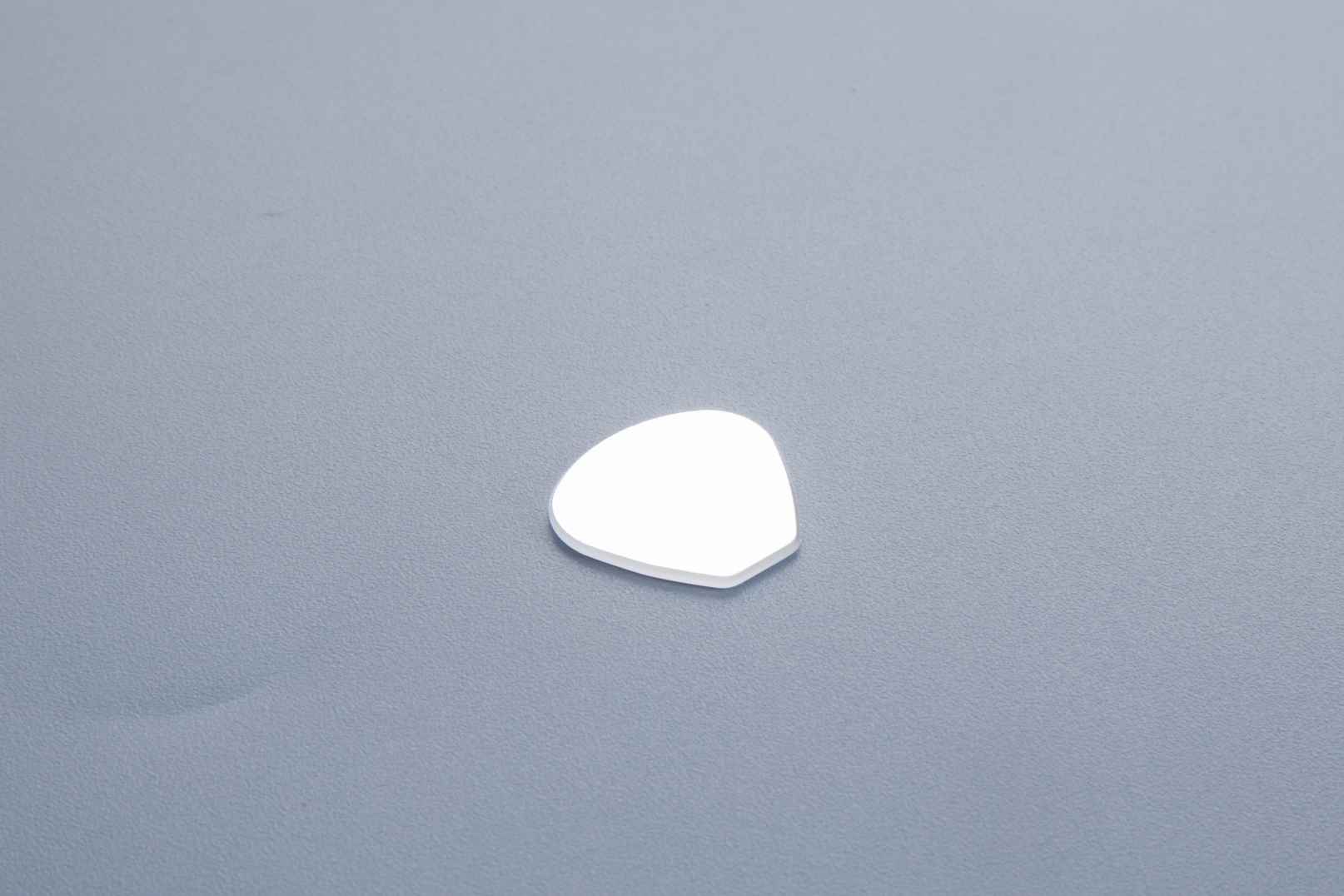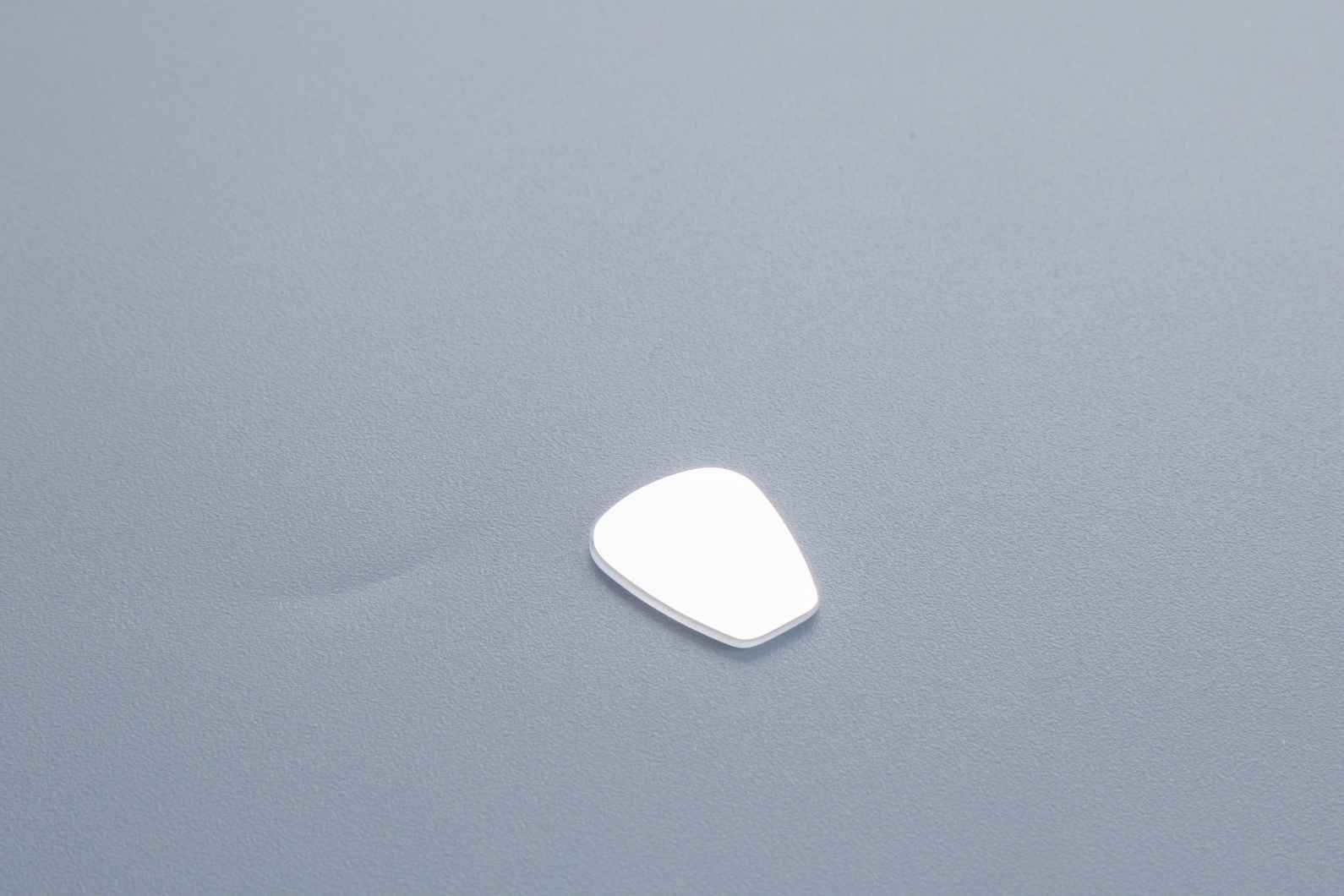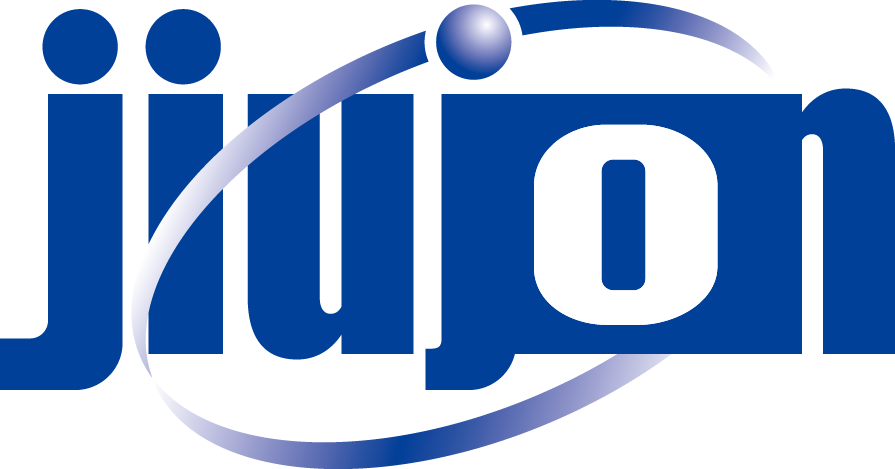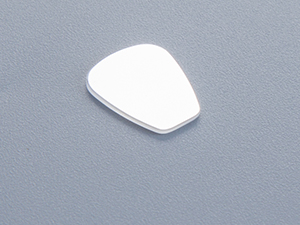Tooth Shaped Ultra High Reflector for Dental Mirror
Product Description
An ultra-high reflector is a sophisticated mirror coating with a high degree of reflectivity for visible light, making it an essential component of a advanced dental mirror. The primary purpose of the coating is to enhance the clarity and brightness of the patient's oral cavity's images in dentistry examinations. As dental mirrors need to reflect light accurately, the ultra-high reflector coating uses multiple layers of dielectric materials to achieve an efficient reflection.
The materials used in this coating typically include titanium dioxide and silicon dioxide. Titanium dioxide, also known as titania, is a naturally occurring oxide of titanium, which is extremely reflective and widely used in many industries. Conversely, silicon dioxide, commonly called silica, also has strong reflecting properties and is a well-known material in the optics industry. The combination of these two materials provides an excellent reflection that maximizes light reflectivity while minimizing the light absorbed or scattered.
To achieve an optimal reflectance, a careful balance of thickness and composition of every layer is necessary. The base layer is usually made of a high-quality glass substrate that ensures the reflective coatings adhere evenly and effectively. The thickness of the coatings is adjusted to produce constructive interference, meaning the light waves become amplified rather than being diminished or canceled.
The reflectivity of the coating can also be further enhanced by layering multiple coatings on top of each other, creating a multilayer high reflector. This process amplifies the reflectivity and reduces the amount of light scattering or absorption. Concerning dental mirrors, the high reflectivity of the mirror allows for improved visibility of the oral cavity.
In conclusion, the ultra-high reflector coating is an essential component in the manufacture of dental mirrors. Its primary purpose is to maximize reflectivity while minimizing scattered and absorbed light. The materials used, the composition and thickness of each layer, and the multilayering process must be accurately balanced to achieve an optimal reflectivity. As such, this sophisticated coating technology contributes to a more precise diagnosis, treatment, and maintenance of oral health by providing clinicians a sharp, clear and vivid visualization of their patients' oral cavity.


Specifications
| Substrate | B270 |
| Dimensional Tolerance | -0.05mm |
| Thickness Tolerance | ±0.1mm |
| Surface Flatness | 1(0.5)@632.8nm |
| Surface Quality | 40/20 or better |
| Edges | Ground, 0.1-0.2mm. Full width bevel |
| Clear Aperture | 95% |
| Coating | Dielectric Coating, R>99.9%@Visible Wavelength, AOI=38° |




